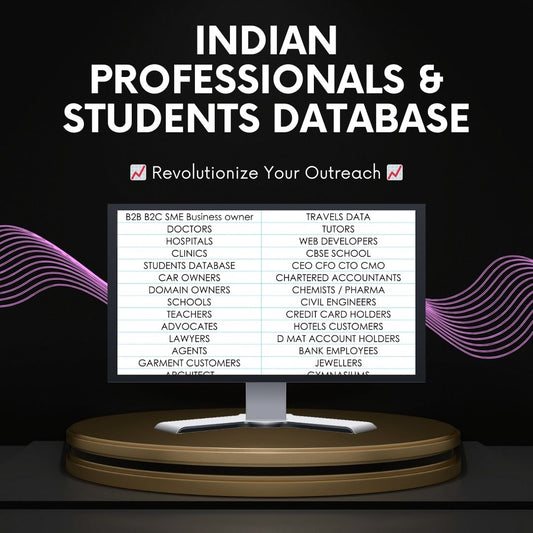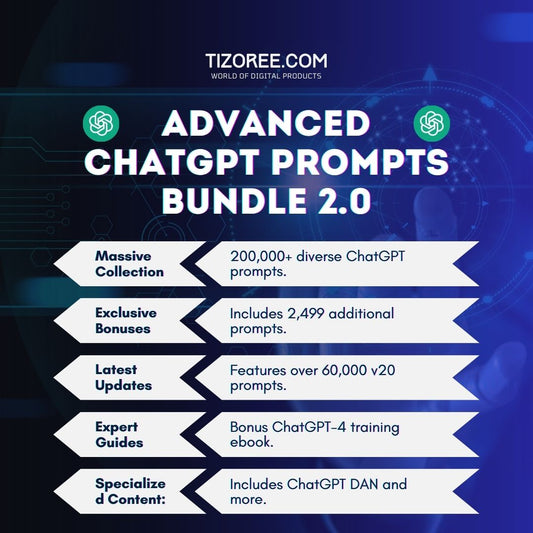I Posted 300 YouTube Shorts in 30 Days: The Results
Share
In the world of content creation, the debate between quantity and quality is a frequent topic of discussion. With the rise of platforms like YouTube, content creators are constantly exploring new ways to engage audiences. Recently, a unique experiment was conducted: posting 300 YouTube Shorts in 30 days on a new channel.
This article delves into the results of this ambitious project, the methods employed, and the insights gained from the journey.
The Experiment Begins
Creating content on YouTube has evolved significantly over the years. With the introduction of YouTube Shorts, creators are encouraged to produce quick, engaging videos. The goal was to determine whether sheer volume could lead to substantial audience engagement, even without the traditional focus on high-quality production.
The experiment started with a simple premise: could 300 YouTube Shorts be created and uploaded in just 30 days? The answer turned out to be a resounding yes. Using tools like ChatGPT and Canva, the process was streamlined, making it accessible for anyone curious about diving into video creation.
Tools of the Trade
To achieve this ambitious goal, specific tools were essential:
- ChatGPT: Used for generating engaging scripts and titles for the videos.
- Canva: A graphic design platform that helped create eye-catching visuals for the Shorts.
- Google Sheets: Organized the titles and content for easy access during uploads.
These tools not only simplified the content creation process but also allowed for a more efficient workflow. The integration of AI and design software proved invaluable in achieving the target.
Crafting Engaging Content
One of the key aspects of the experiment was the creation of engaging titles for the Shorts. Each title needed to be catchy, limited to eight words, and conclude with specific hashtags to enhance discoverability. The titles focused on psychology facts, providing viewers with valuable insights in a concise format.
The process of generating titles involved using ChatGPT to create engaging, relevant phrases. The titles not only captured the essence of the content but also appealed to viewers' curiosity, encouraging clicks and engagement.
Uploading Strategy
With the content ready, the next step was uploading the Shorts. The strategy employed for uploading was straightforward but effective:
- Upload via mobile device to utilize YouTube's music feature.
- Schedule uploads to maintain a consistent release rhythm.
- Incorporate trending music to enhance viewer engagement.
This method allowed for the efficient release of approximately 16 Shorts every day, ensuring the goal of 300 uploads within the month was met.
The Results: What Happened After 30 Days?
After 30 days of consistent uploads, the results were impressive. The channel garnered:
- 131,000 views
- 3,600 likes
- 318 subscribers
These metrics highlight the potential of YouTube Shorts as a tool for rapid audience growth. The engagement levels were particularly encouraging, especially considering that the content was created quickly and without extensive optimization.
Analyzing the Most Popular Content
Among the 300 Shorts, some videos stood out significantly. The most popular video achieved over 5,500 views, showcasing the power of strategic content creation. Notably, several of the most viewed videos featured darker style backgrounds, indicating that visual presentation can play a crucial role in audience engagement.
Interestingly, the retention rate for these videos was also noteworthy, with an average percentage viewed exceeding 100%. This statistic suggests that viewers were not only clicking on the videos but also watching them through to completion and often re-watching them.
Lessons Learned from the Experiment
Through this experiment, several key lessons emerged regarding content creation on YouTube:
- Quantity Can Drive Engagement: While quality is essential, producing a high volume of content can lead to increased visibility and engagement.
- Optimization is Key: Although the initial uploads were successful, optimizing titles, descriptions, and thumbnails could enhance performance further.
- Audience Preferences Matter: Understanding what resonates with viewers can guide future content creation. The darker-themed videos performed better, indicating a potential niche.
Exploring Monetization Opportunities
With over 130,000 views, the potential for monetization through affiliate marketing became apparent. Affiliate marketing offers a way to earn commissions by promoting products relevant to the content. For instance, promoting a personalized book about love could resonate with an audience interested in such topics.
By including a call to action in the Shorts and providing affiliate links in the descriptions, there is a significant opportunity for revenue generation. If even a small percentage of viewers make a purchase, the earnings could be substantial.
Conclusion: The Future of Content Creation
This experiment of posting 300 YouTube Shorts in 30 days has opened up new avenues for content creators. It illustrates that with the right tools and strategies, significant engagement can be achieved without a hefty investment of time or resources. The combination of AI tools and creative content has the potential to revolutionize how creators approach video production.
As the landscape of digital content continues to evolve, embracing innovative methods and leveraging technology will be crucial for success. Whether you're an aspiring creator or a seasoned professional, this experiment serves as a testament to the power of creativity and adaptability in the ever-changing world of online content.



